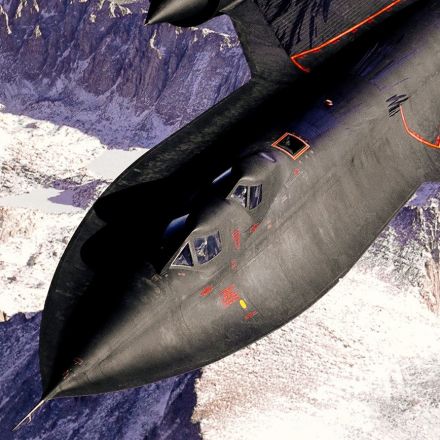

10 years ago
12
27 Things You Didn't Know About The SR-71 Blackbird
You could start the SR-71's engines with a couple of Buicks.
Continue Reading
Additional Contributions:






















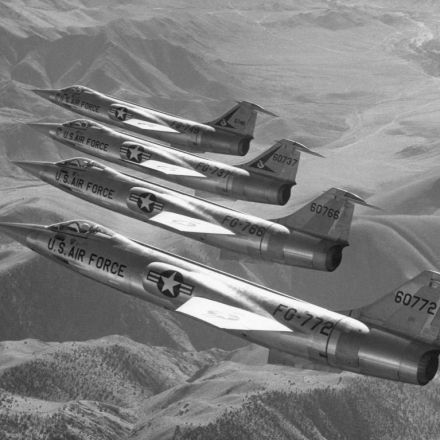
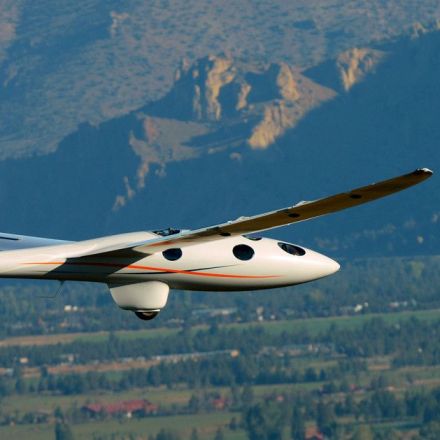
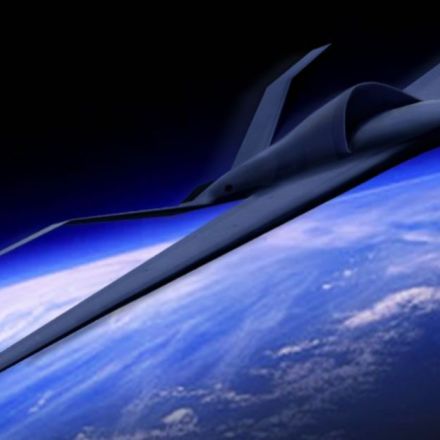
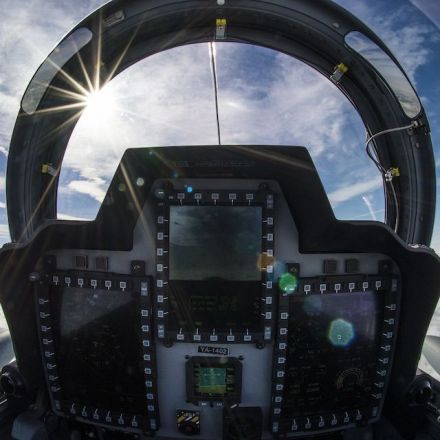
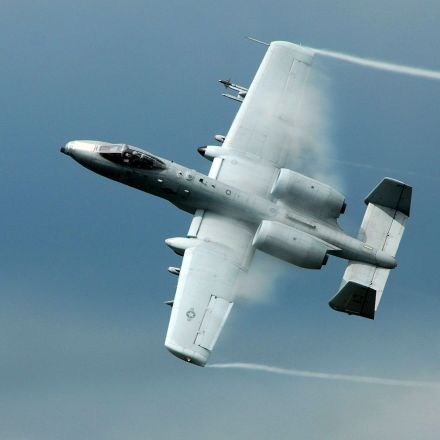
Join the Discussion
My favorite story about the SR-71 is how it achieved it's slowest speed.
An excerpt from the book "Sled Driver" by former SR-71 pilot Brian Shul:
"There were a lot of things we couldn't do in an SR-71, but we were the fastest guys on the block and loved reminding our fellow aviators of this fact. People often asked us if, because of this fact, it was fun to fly the jet. Fun would not be the first word I would use to describe flying this plane. Intense, maybe, even cerebral. But there was one day in our Sled experience when we would have to say that it was pure fun to be the fastest guys out there, at least for a moment. It occurred when Walt and I were flying our final training sortie. We needed 100 hours in the jet to complete our training and attain Mission Ready status. Somewhere over Colorado we had passed the century mark. We had made the turn in Arizona and the jet was performing flawlessly. My gauges were wired in the front seat and we were starting to feel pretty good about ourselves, not only because we would soon be flying real missions but because we had gained a great deal of confidence in the plane in the past ten months. Ripping across the barren deserts 80,000 feet below us, I could already see the coast of California from the Arizona border. I was, finally, after many humbling months of simulators and study, ahead of the jet. I was beginning to feel a bit sorry for Walter in the back seat. There he was, with no really good view of the incredible sights before us and tasked with monitoring four different radios. This was good practice for him for when we began flying real missions and when a priority transmission from headquarters could be vital. It had been difficult, too, for me to relinquish control of the radios, as during my entire flying career I had controlled my own transmissions. But it was part of the division of duties in this plane and I had adjusted to it. I still insisted on talking on the radio while we were on the ground, however. Walt was so good at many things, but he couldn't match my expertise at sounding smooth on the radios, a skill that had been honed sharply with years in fighter squadrons where the slightest radio miscue was grounds for beheading. He understood that and allowed me that luxury. Just to get a sense of what Walt had to contend with, I pulled the radio toggle switches and monitored the frequencies along with him. The predominant radio chatter was from Los Angeles Center, far below us, controlling daily traffic in their sector. While they had us on their scope (albeit briefly), we were in uncontrolled airspace and normally would not talk to them unless we needed to descend into their airspace. We listened as the shaky voice of a lone Cessna pilot who asked Center for a read-out of his ground speed. Center replied: "November Charlie 175, I'm showing you at ninety knots on the ground." Now the thing to understand about Center controllers was that whether they were talking to a rookie pilot in a Cessna, or to Air Force One, they always spoke in the exact same, calm, deep, professional tone that made one feel important. I referred to it as the "Houston Center voice." I have always felt that after years of seeing documentaries on this country's space program and listening to the calm and distinct voice of the Houston controllers, that all other controllers since then wanted to sound like that and that they basically did. And it didn't matter what sector of the country we would be flyi...
Read FullOMG I loved that story - I remember reading it elsewhere but it didn't have the link to the book. Will definitely be checking that out!
Interesting, but lets put to rest the myth that it couldn't be shot down. This was true thru most of it's life. By the end of it, its usefulnes as a spy ppane was limited to short trips over the USSR, lest it would have to deal with Migs 25 and 31 armed with Vympels R-33. A few close encounters that forced the planes to divert to the Mediterranean or Sweden (instead of just accelerating) pretty much sealed the deal.
On the allied side, the F-14 Tomcat with AIM-54 Phoenix missiles was capable of such feat. Incidentaly, the Phoenix was dwveloped for th YF-12, the prototype tha gave origin to the SR-71.
Reference: http://theaviationist.com/2013/12/11/sr-71-vs-mig-31/
If you guys are interested in stealth aircraft, I can highly recommend the Skunk Works book by Ben Rich. Amazing read going behind the scenes of the Skunk Works group as they put these planes together.
I've read it 3-4 times and it's a really fun read.
???
I actually knew a lot of those stuff, but that's because I consider this aircraft to be a goddamn piece of jewelry. I guess it's pretty costly / inefficient to make airplanes using titanium anymore, but this baby was incredible at what it did - and it deserves its place in the record books as the speediest manned aircraft ever.
I can't wait to hear what this generation's SR-71 is. I assume it will be the X-37, but the public probably won't get to know about that for another 30 years.
I had a SR-71 pilot (and instructor) as a high school physics teacher. The main thing I learned from that class was don't fuck with SR-71 pilots.
I remember I had this Silver Notebook it was called 'Wheels and Wings' and I'd get little leaflets with different cars, motorcycles and planes, and finally one day I got a pack of leaflets with the SR-71 in it, and I instantly fell in love with this plane. It's always been one of my favorites along with the stealth bomber, but this thing is an engineering marvel and it had to be amazing to build it, but also to pilot it.
Front of Wheels and Wings Blackbird Leaflet
Back of Wheels and Wings Blackbird Leaflet
That is so neat! The first time I saw the SR-71 I was in awe. Other jet fighters had the same overall shape of other planes, but this was a piece of art. It looked as though it came from another planet altogether. Or straight from the pages of a sci fi novel.
I've read up on the aircraft in the past so I'm already familiar with most of these little factoids. But the one I found most interesting was fourteen. You're far less likely to sell secrets to the Soviets if you have a wife and family to worry about. I wonder if it's a policy that was also in place for some of Americas less proud moments. Some of the human experimentation cases first come to mind.
Alucard: The Lockheed SR-71 Blackbird. An advanced long-range strategic reconnaissance aircraft capable of Mach 3 and an altitude of 85,000 feet.
Integra: You sure do seem to know a lot about it.
Alucard: DO YOU EVEN READ MY CHRISTMAS LIST?!